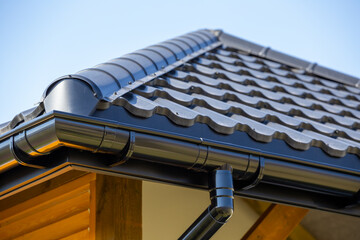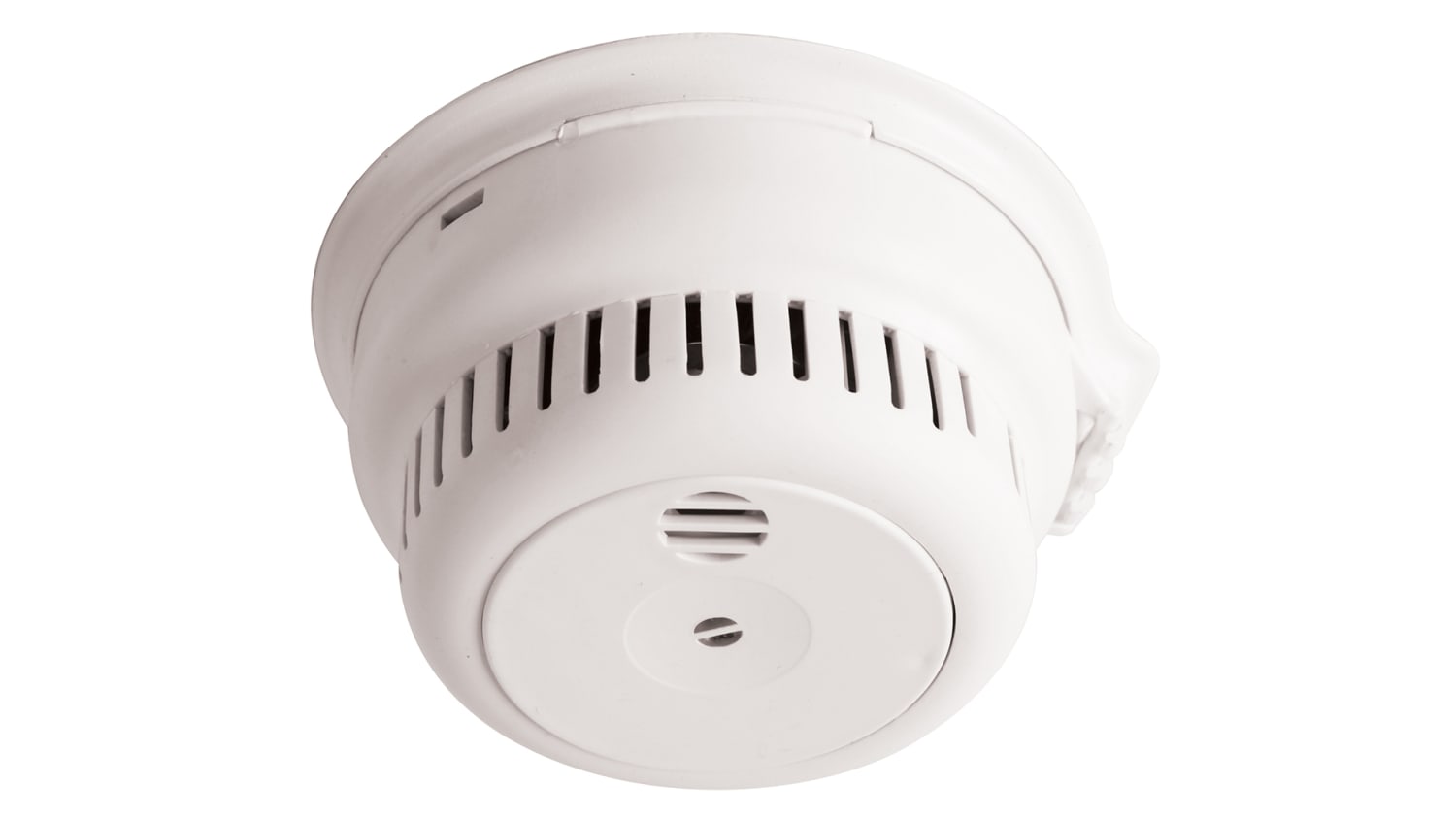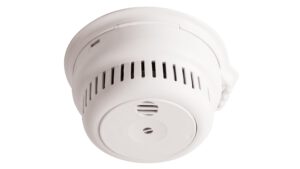Roofing is an integral part of a building’s overall structure. While the primary function of a roof is to protect the interior, gutters are essential for controlling the flow of water off the building. Not only do these systems protect the structure, but they also add to the building’s aesthetic appeal and overall visual impression. The right roof design can even become a landmark. Roofing and gutter systems are often the first things homeowners notice when they drive by a building.

When choosing a gutter system, make sure to check the warranty. Roofing and Gutters offer guarantees covering your investment in gutters for life, so you’ll know you’re getting a quality product. Look for one that has a lifetime warranty. One option is a professional gutter, which features seamless, welded construction with no seams. These gutters are extruded on-site and come in various colors.
In some cases, it’s possible to replace your gutters and roof simultaneously. But if you’re unsure of your roofing needs or whether it’s time to replace your gutters and roof, consult a roofing professional. Roofing professionals can inspect your gutters and offer you a recommendation based on your specific needs. If you’re considering a complete gutter replacement, consider the benefits of each.
A clogged gutter can be just as harmful as no gutters. Rainwater trapped inside a clogged gutter is heavy and can sag and tear off the roof. Clogged gutters can also hold snow and ice during the winter months, creating a perfect breeding ground for mosquitos and providing a home for bees and wasps. These can cause damage to your roof, especially if it’s not maintained correctly.
The proper gutter system is essential for keeping water away from your home’s foundation. The gutter system is a horizontal aluminum system with open faces that allow water to flow from the roof to a downspout. Installing a gutter system that is correctly designed will keep water from leaking into the home’s foundation. With proper installation, water will be channeled away from the house and keep it safe. You can choose a gutter system that matches the style of your house.
Proper installation of gutters and flashing is crucial. When properly installed, gutters and roofing can help prevent these problems. If you have a roof, installing a drip edge for the shingles is best to prevent water from wicking behind the gutters and fascia boards. It will also add a neat finish along the edge of the roof. If you’re considering a new roof, consider installing a drip edge. A new roof can also benefit from new gutters.
There are a few things to consider when choosing gutters. First, determine the size of the roof. Typical homes have 5″ K style.027 gauge gutters. The size of the gutters should match the size of the roof. Large roofs require 6″ gutters with leaders. Also, research the area’s maximum rainfall to determine the ideal gutter size. Once you have determined the size and shape of the gutters, the next step is determining which gutters would be most suitable for your home.
When choosing a company, be sure to consider what your needs are. Gutters and roofing are two different arts, so choose one with extensive experience in both. If you’re considering gutter replacement, choose a roofing company that does both. You can even find a gutter division within a roofing company. If you’re unsure of the scope of work you need, ask for a quote from a few different roofing companies.
Don’t worry about if your gutters are already attached to your home’s fascia board. Most roofing contractors will protect your gutters with protective covers while replacing your roof. This will help prevent ladders and roofing materials from destroying the gutters. However, gutter removal will require a professional with expertise in gutter replacement. If your gutters are in good condition, you’ll be happy you chose a roofing company.



